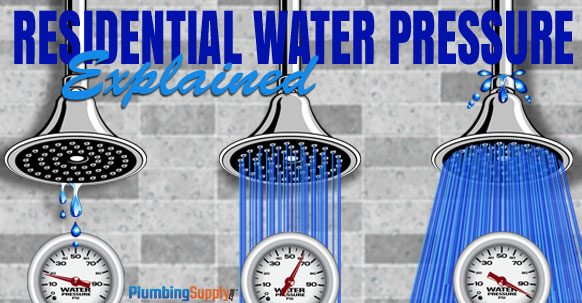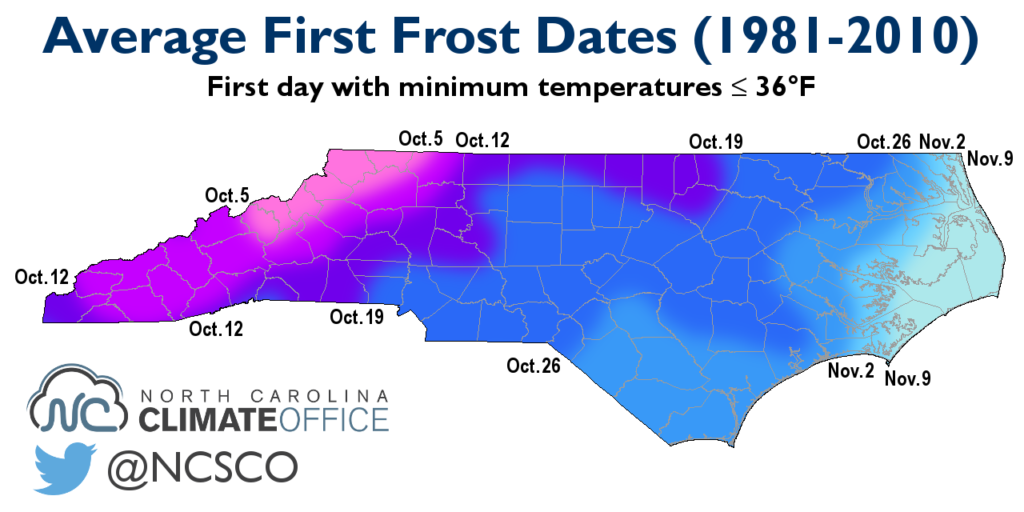Table Of Content

If the supply valve is open and the fill valve is working properly, there could be an issue with the supply hose. Shut off the water to the toilet, get a small bowl to catch any water, and remove the supply line with a pair of pump pliers. If the supply hose is the cause of your problem, grab a new one at the home center and replace it. First, make sure that the water supply valve that feeds the toilet is completely open. This valve is easily accessible and simple to check, so do this before examining the rest of the components. If you’re in doubt about your ability to handle the project, it’s well worth the investment to have a professional plumber come in and help.
Solved! What to Do When There’s No Hot Water
The terms pressure and flow are inter-related, but not identical. Check for closed water valves, open valves that should be closed (such as hose spigots), and other issues that might affect pressure. If a specific sink, shower, or appliance is involved, the problem probably has to do with the control valve or supply line that feeds the fixture. There are few things more infuriating than low water pressure in your home. It can make showers unsatisfying, washing dishes more difficult and time-consuming, and prevent you from using multiple fixtures simultaneously. What’s worse, finding the source of a low water pressure issue can be challenging and lead to needlessly spending money on fixes if misdiagnosed.
Test your toilet for leaks and fix them.
Soaring temperatures, no rain leading to water pressure problems in Houston - KPRC Click2Houston
Soaring temperatures, no rain leading to water pressure problems in Houston.
Posted: Tue, 22 Aug 2023 07:00:00 GMT [source]
Commonly installed until the early 1970s, galvanized steel pipes were manufactured with a galvanization coating designed to prevent steel pipes’ corrosion. The result is a restricted piping system that won’t deliver adequate water to the fixtures even with all the pressure in the world. If the water pressure in your house is too high, consider adjusting it at the pressure reducing valve (PRV) or installing one if you do not already have one. If you are using water from a well, water pressure is adjusted from the pressure switch which is adjacent to the pressure tank. If you suspect that the cause of the low water pressure is leaking pipes, take immediate action.
Corroded or Clogged Water Lines
Lastly, to check the water pressure, you’ll need to use a pressure gauge. If you don’t have access to a pressure gauge, a plumber or water professional will be able to do this for you as well. With the right water pressure meeting your home appliance needs, you’ll be taking advantage of an energy-efficient plumbing system. The correct PSI also helps maintain your plumbing fixtures and household machines.
Shower Heads 2024 - Forbes Vetted - Forbes
Shower Heads 2024 - Forbes Vetted.
Posted: Wed, 20 Mar 2024 07:00:00 GMT [source]
If your home is connected the municipal water system, then contact the local water supplier to determine the reason behind the low water pressure. If it's something that they are in the process of fixing, then you will need to wait for the problem to be resolved. Depending on the type of valve, you may see a ball valve with a lever that moves 90 degrees or a gate valve with a handle that rotates to open and close the valve. To open a ball valve, simply move the handle so that it lays in line with the water pipe.

Usually, the pressure gauge is installed on the water heater cold water supply pipe. Dash to your basement or wherever you water heater is and check if you have the gauge. If you suspect that this is the cause of the low water pressure issues, contact a plumber to assess the plumbing system. They will be able to determine if the branch lines are too small for the current network of appliances and plumbing fixtures. If the lines are too small, then the plumber will likely suggest upgrading the pipes to a larger size to fix this issue. You can call in the professionals for this one, or you can consider this a DIY project, depending on your know-how.
“Homeowners should do a 16-point plumbing inspection once a year. This will help prevent any plumbing issues, emergencies, and unforeseen issues. Lack of maintenance allows build-up to occur in your sewer line, causing deterioration of the pipes. A properly opened gate valve should be turned counterclockwise all the way while a fully open ball valve should in line with the water pipe.
Step 1: Measure Your Water Pressure
However, it doesn’t work great for big jobs or decades of build-up. It is great to have around as it works for most projects and can keep any deck clean if done regularly. So, open up the showerhead and there should be a small disc inside that reduces water usage. If it’s not, it could simply be that you have too much pipe running through the system, or there are too many elbows.
Remember the illustration I used earlier to explain that you only have so much total water flow for your home? Well, if your plumbing system is leaking, this will reduce your flow rate and in turn water pressure. Another easy and quick fix is to simply place the overhead tank higher. Gravity is your friend in this situation because it pulls the water from the tank and into your household appliances. If the water tank is installed lower or parallel to your house, there won’t be enough pressure to reach the bathroom, kitchen, laundry room and other areas all at once.
It is best to check the pressure when no appliance or faucet is running. Some homes have normal water pressure running into the home, but the water pressure is restricted by narrow branch lines when the water is distributed to appliances and plumbing fixtures. Branch lines are the pipes that come off the main water line after it enters the home. Before attempting any DIY projects to increase water pressure in your home, troubleshooting is the first step. Determine whether the low pressure stems from deposit buildups, a closed water valve, leaks, a loose pressure-reducing valve or a municipal water issue.
Replacing the pipes with copper or PEX pipes is the best and long-term solution. The thin water supply hoses could either burst, or the valves could fail permanently meaning they are unable to regulate flow of water into the appliance. If you have a leak in the water lines, then there may be more than one leak, which can affect the water pressure for the home.












